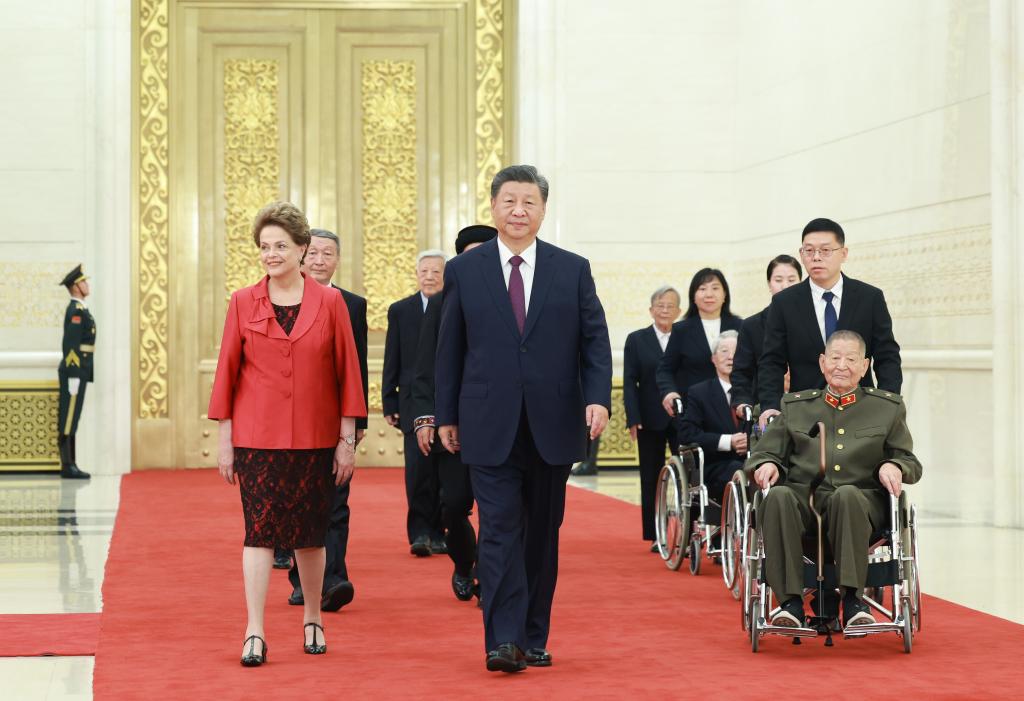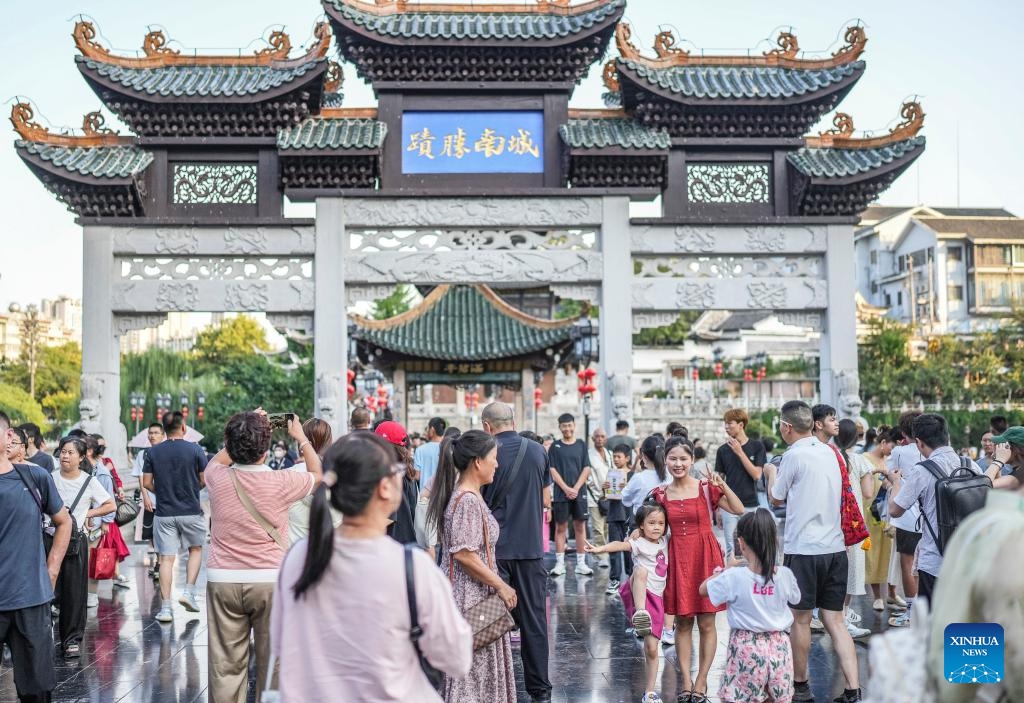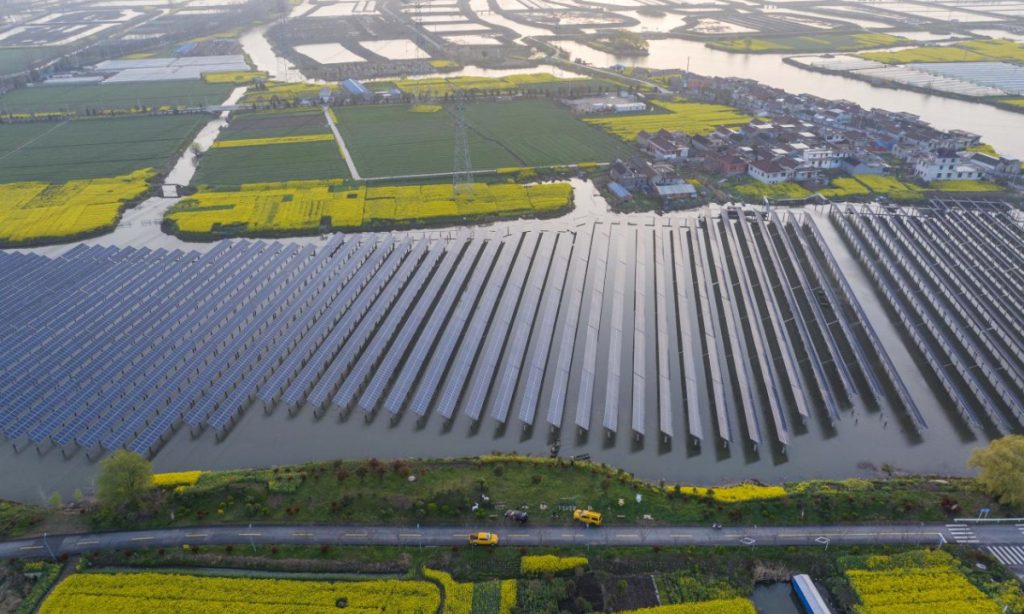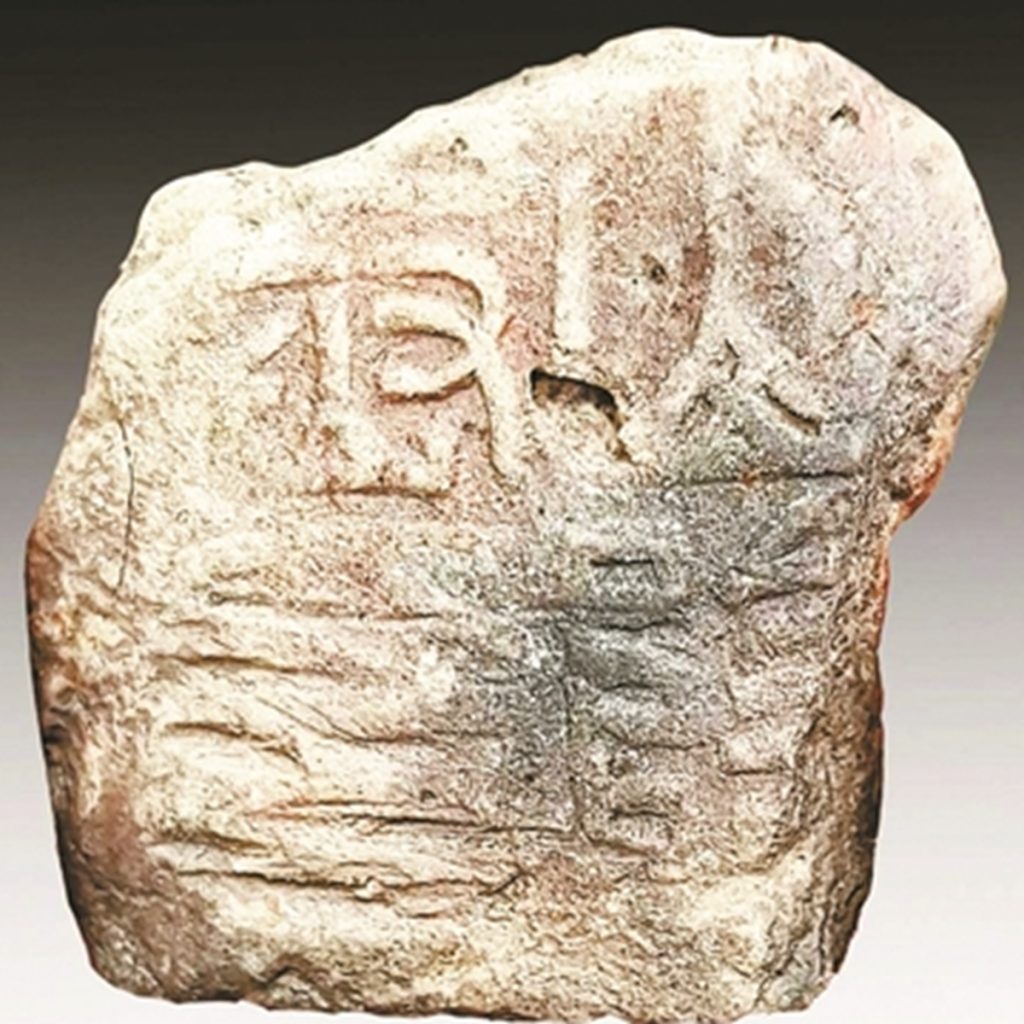Xi honors role models, calls for forming mighty force to build strong nation

Chinese President Xi Jinping on Sunday called on the Chinese people to learn from heroes and role models to form a mighty force to build a strong China.
Xi, also general secretary of the Communist Party of China (CPC) Central Committee and chairman of the Central Military Commission, made the remarks at a ceremony awarding the country's highest state honors ahead of the 75th founding anniversary of the People's Republic of China (PRC).
China is in a crucial period for building a great modern socialist country in all respects and achieving national rejuvenation through Chinese modernization, Xi said.
Before his speech, Xi presented the Medal of the Republic, the Friendship Medal, and medals of national honorary titles at the Great Hall of the People.
Four people, including veteran war hero Huang Zongde and medical scientist Wang Zhenyi, were awarded the Medal of the Republic. Ten individuals, including border patrolman Bayika Kalidibek, technician Xu Zhenchao, and acclaimed actress Tian Hua, were awarded national honorary titles, Xinhua News Agency reported.
Dilma Rousseff, former Brazilian president and president of the New Development Bank, received the Friendship Medal.
President Xi extended warm congratulations and paid high respect to the recipients of China's highest state honors.
Xi said that over the past 75 years the CPC has led Chinese people of all ethnic groups in creating the twin miracles of rapid economic growth and long-term social stability.
Great times call for heroes
The presentation ceremony was held amid the jubilant atmosphere as China is celebrating the 75th anniversary of the founding of the PRC, with flower baskets, floral displays, decorative lights seen on the streets in China's capital.
Before the ceremony, the recipients of the national medals and honorary titles were escorted by a state guest motorcade to the Great Hall of the People. At the entrance to the Great Hall of the People, they were warmly welcomed by a group of children carrying flowers and national flags.
At the ceremony, President Xi hailed the earthshaking changes that have taken place in China and stated that national rejuvenation is now on an irreversible historical course.
A galaxy of heroes emerging generation after generation will ensure the lasting prosperity of the Party and the people's cause, Xi said.
The Chinese president also called on the Chinese people to learn from heroes and role models to form a mighty force to build a strong China.
He emphasized the need for people to bear in mind their aspirations, hone their skills, and make contributions to building a strong China.
He also encouraged the Chinese people to strive for extraordinary achievements at ordinary job posts and urged all to make contributions to resolve development and reform challenges, and safeguard social harmony and stability.
Speaking at the ceremony, Huang Zongde, 93, said that the honor belongs to every member of the people's armed forces and all the heroes who sacrificed their lives for China's national independence, the liberation of the people, and the endeavor to make China prosperous and strong.
Su Wei, a professor from the Party School of the CPC Chongqing Municipal Committee, told the Global Times on Sunday that the awarding of role models and heroes in various fields not only reflects China's full recognition of their contributions, but also highlights the prominent role of patriotism in advancing China's modernization.
"The Party and country have long had the tradition of establishing model of heroes. By calling on the people of the whole country to learn from them, we can better inspire the patriotism of the people and contribute more to the development of the country," he noted.
Zhu Lijia, a professor as the National Academy of Governance, said that many outstanding people's quiet dedication to the country often went unknown for a long time, and so the grand commendation at the level of national leadership has a vital importance in inspiring and motivating the Chinese people to strive for rejuvenation.
Same aspirations
While awarding Rousseff the Friendship Medal on Sunday, Xi lauded her as an outstanding representative of China's old friends and good friends who have shared the same aspirations and stood together with the Chinese people over the past 75 years.
Chinese people will never forget the international friends who have made prominent contributions to China's development and the friendship between Chinese and foreign people, Xi said.
Xi said the Chinese people stand ready to work together with people of various countries to safeguard world peace and boost common development.
Xi also called for joint efforts to build a human community with a shared future and create an even brighter future for humanity.
In her address, Rousseff said the medal fills her with immense honor, pledging continued efforts to help strengthen the mutually beneficial cooperation between Brazil and China.
In an interview with the Xinhua News Agency released on Sunday, Rousseff said she feels proud and pleased to receive the medal, adding that China's achievements toward economic, social, cultural and political modernization over the past 75 years are unprecedented in history. "China's reform and opening up never ends," said Rousseff, adding that China provides a model to the Global South for economic, political and social development.








